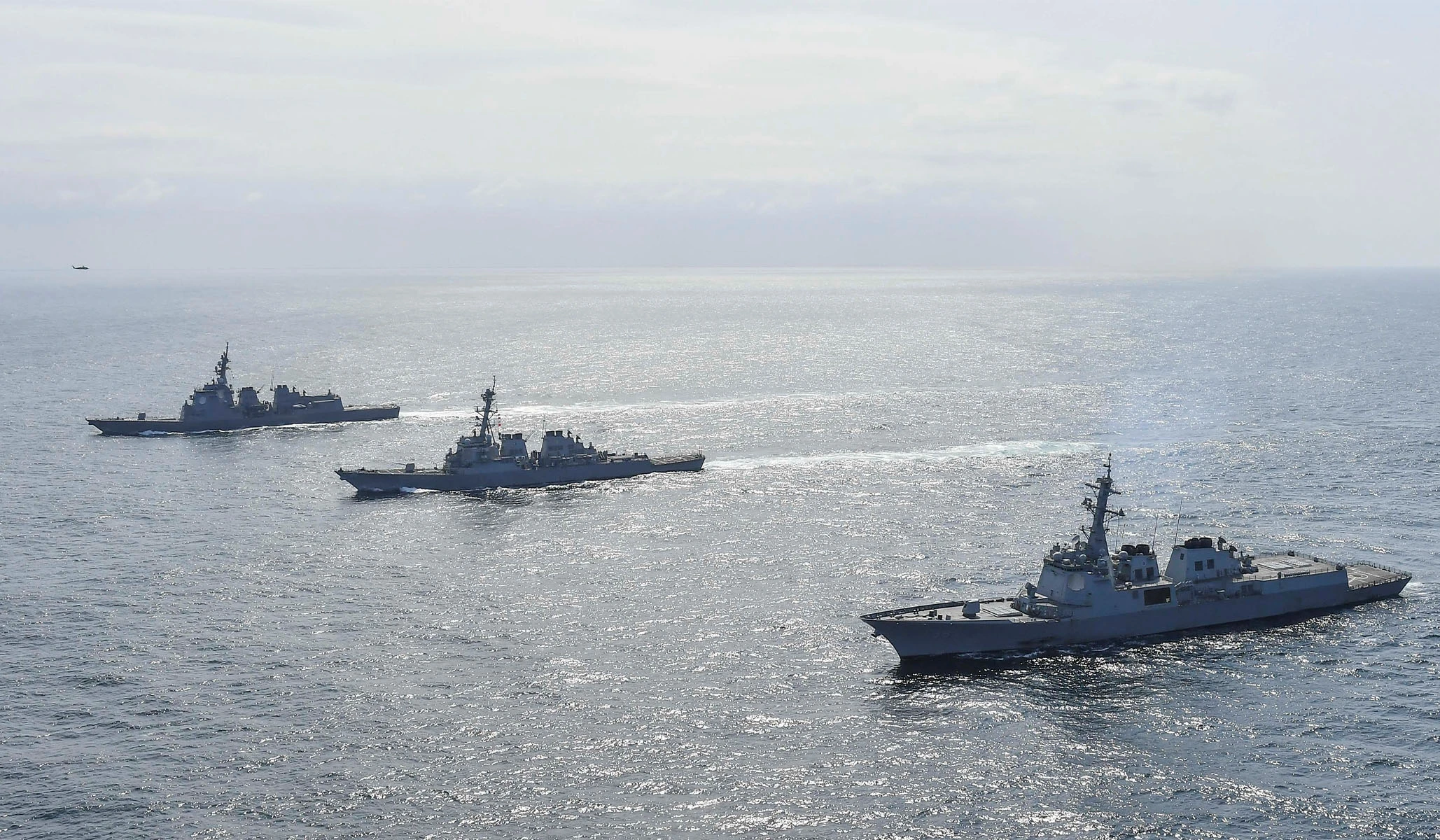On April 4, 1949, President Harry Truman addressed foreign dignitaries in the Andrew W. Mellon Auditorium in Washington, D.C., announcing the founding of NATO in response to the USSR. Today, the preeminence of NATO remains as Russia continues to threaten the safety of 29 European countries. Similarly, the United States faces a similar threat in the Indo-Pacific region, where a bold and far-reaching vision is needed to counteract the Chinese threat.
Despite this need, the current administration has stated that it is not seeking to create a Pacific NATO, citing Chinese warnings against such an organization. However, this argument underestimates the Chinese threat and places American security second to China’s desires. Instead, policymakers should consider the benefits of such an alliance, which are the same as those that drove the creation of NATO in Europe post-World War II.
SEATO, a Southeast Asia Treaty Organization founded in 1954, once existed to address a similar threat in the region. However, internal conflicts and a lack of a clear regional threat led to its dissolution in 1977. Today, the threat of Chinese aggression is greater, and the foundations for a region-encompassing defense treaty already exist. Recent events in Europe also suggest that the United States should look toward a broader alliance for defending the Indo-Pacific.
Furthermore, reports indicate that U.S. military capabilities may not be up to the challenge of confronting China alone, with serious problems in American munition-replacement capabilities. Without changes, the recent budget agreement would also amount to slight defense-spending cuts in real dollars due to inflationary pressures. Thus, the United States needs to act decisively to maintain its position as leader and defender of the free world over the coming decades.

